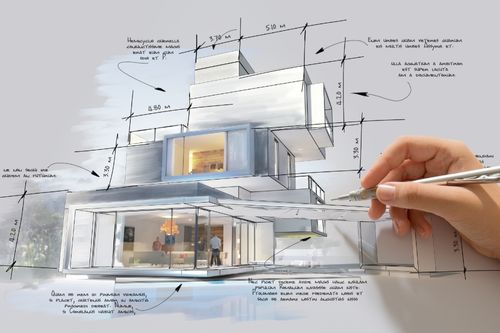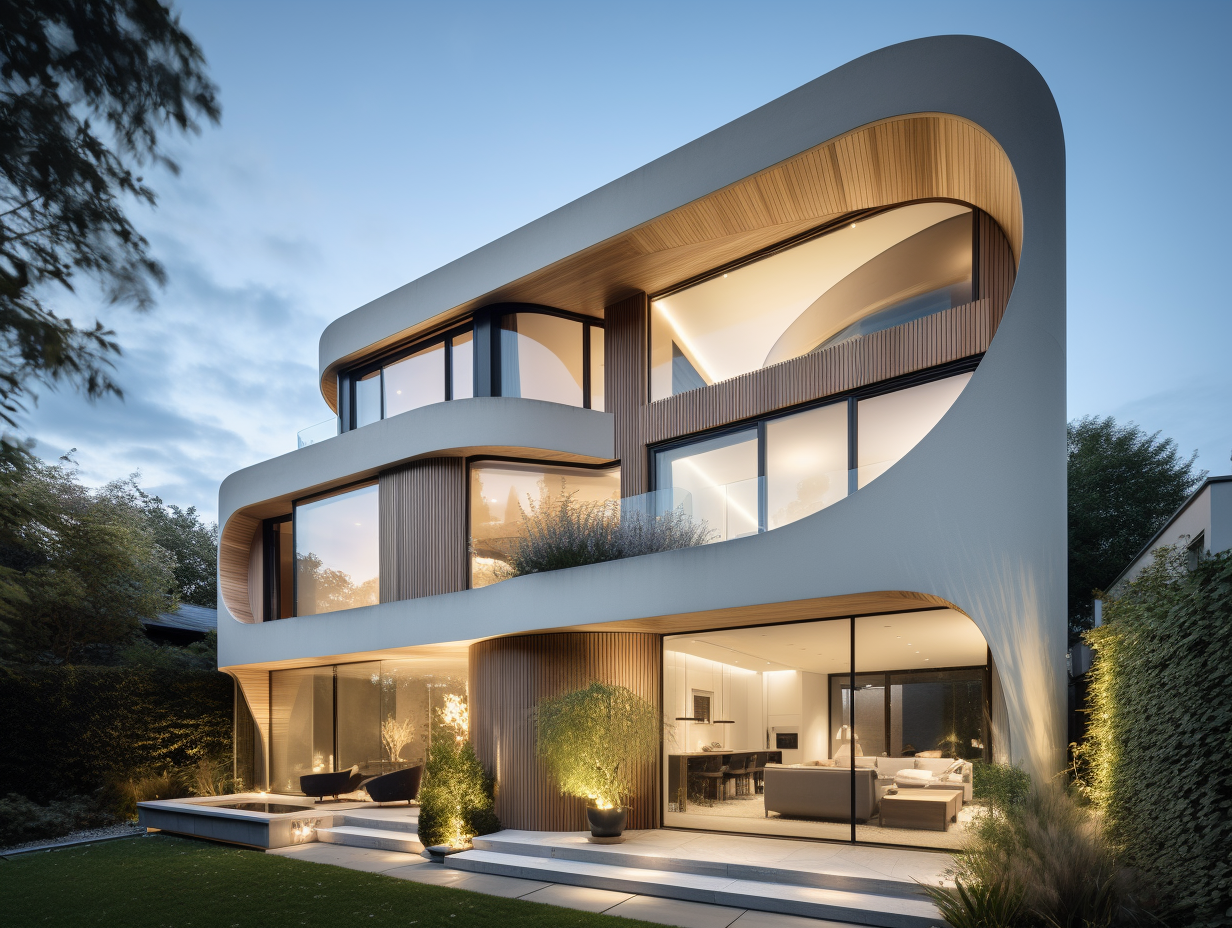Just How CDA Architects Incorporate Eco-Friendly Practices in Architectural Projects
Just How CDA Architects Incorporate Eco-Friendly Practices in Architectural Projects
Blog Article
Understanding the Collaborative Process Between Designers and Engineers in Modern Building And Construction Projects
The collective procedure between architects and engineers is necessary in modern building and construction projects, as it harmonizes design intent with design usefulness. This collaboration not just affects the aesthetic and useful elements of a job yet additionally plays a crucial duty in resolving sustainability challenges. By using effective interaction approaches and leveraging sophisticated innovations, such as Building Details Modeling (BIM), teams can work more cohesively. The complexities of this cooperation frequently present special difficulties that can hinder progress. Exploring these dynamics discloses understandings that could considerably affect job end results and overall industry criteria. cda architects.
The Significance of Cooperation
The joint harmony in between engineers and engineers is vital for the successful realization of any kind of building job. This partnership combines distinctive proficiency and point of views, allowing the integration of cutting-edge design with functional engineering services. By collaborating, architects and engineers can make certain that a job not just fulfills visual and practical needs but additionally follows safety, sustainability, and budgetary constraints.
Partnership cultivates a shared vision, helping with the positioning of objectives and expectations from the beginning. This positioning is essential in resolving prospective obstacles and mitigating risks that might arise throughout the job lifecycle. A collaborative approach enables for the effective allocation of sources, enhancing both time and price.
The value of collaboration reaches the iterative process of design and building and construction, where comments from engineers can inform building choices, leading to even more practical and lasting styles. On the other hand, engineers can influence designers to believe creatively about exactly how to achieve architectural stability without endangering artistic intent. Ultimately, the collective connection between architects and designers is not merely valuable; it is basic to the production of top notch, functional, and cutting-edge developed settings that meet the requirements of society.
Interaction Strategies and Devices
Reliable interaction techniques and devices are important for cultivating partnership between engineers and designers throughout the task lifecycle. Establishing clear networks of interaction is vital to make sure that all team members are straightened with project purposes, timelines, and obligations. Routine meetings, both in-person and digital, offer opportunities for stakeholders to go over development, address concerns, and make informed choices.

In addition, embracing collective communication tools, such as Slack or Microsoft Teams, permits immediate messaging, data sharing, and continuous conversations, promoting a more active feedback to arising concerns. Document administration systems also play a critical role in arranging project paperwork, ensuring that all employee have accessibility to the most recent details.
Shared Objectives and Project Vision
An unified job vision serves as the structure for successful partnership between architects and designers (cda architects). This shared vision not just straightens the initiatives of both events however likewise develops a common framework for decision-making throughout the project's lifecycle. By expressing clear objectives, stakeholders can successfully browse the complexities of modern building projects, making sure that both aesthetic and practical needs are met
Developing common objectives includes open discussion and a thorough understanding of each technique's contributions. Designers usually concentrate on design intent, spatial relationships, and user experience, while designers highlight structural stability, systems capability, and conformity with policies. When these perspectives are straightened, the outcome is a natural project that abides by both redirected here imaginative ambitions and technological usefulness.
In addition, a well-defined job vision promotes responsibility amongst group members, encouraging each participant to take possession of their function in attaining the preferred result. Normal check-ins and collaborative workshops can additionally reinforce this commitment, enabling for changes to be made as the project advances. Eventually, a common vision not just enhances teamwork yet also elevates the top quality of the last deliverable, bring about effective project completion.
The Duty of Innovation
Leveraging modern technology has actually come to be crucial in boosting partnership in between engineers and designers. Building Details Modeling (BIM) stands out as a pivotal technology, enabling both architects and engineers to create comprehensive 3D versions that encapsulate style intent and architectural integrity.
Furthermore, cloud-based platforms make it possible for seamless partnership, permitting job stakeholders to gain access to and update job data from anywhere. This fosters a culture of transparency and liability, as changes can be tracked and reviewed in real-time. Additionally, mobile applications additional improve interaction, providing on-site groups with prompt accessibility to project requirements and updates.
Arising modern technologies such as man-made intelligence and artificial intelligence are also starting to play a function in predictive analysis, aiding teams recognize potential concerns prior to they arise. Inevitably, the role of modern technology in architecture-engineering collaboration not just improves process efficiencies but additionally enhances development, leading to more effective task results. By embracing these technological innovations, engineers and engineers can make sure an extra cohesive and effective collaborative procedure throughout the building lifecycle.
Case Studies in Successful Collaborations
Countless instance research studies show the profound impact of Home Page effective collaborations in between engineers and designers on job results. One significant example is the partnership on the High Line in New York City City, where landscape designers, engineers, and city organizers interacted to change an abandoned railway right into a vibrant public park. This multidisciplinary method not just boosted the visual top quality but likewise made sure structural security and environmental sustainability.

The Burj Khalifa in Dubai better demonstrates the relevance of collective efforts - cda architects. The integration of style and design experience allowed the task group to achieve unprecedented heights while adhering to safety guidelines and visual vision
These instances underscore the importance of communication, depend on, and shared goals. In today's complicated construction atmosphere, such collaborations are essential to navigating obstacles and providing jobs that satisfy both functional and visionary goals.
Final Thought
In conclusion, the cooperation between architects and engineers is vital for the success of modern building tasks. Efficient interaction strategies, a common project vision, and the integration of innovative innovations are critical elements that facilitate this collaboration.
Report this page